Posted on 12/23/2022
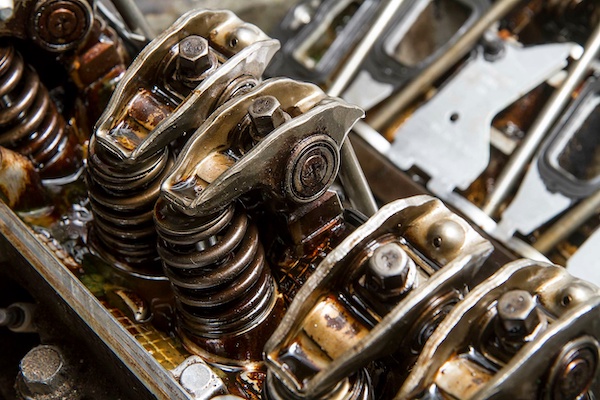
Oil sludge, also known as engine oil decalcification, is a result of the oxidation of oil in the engine. The process begins when the engine uses oil. The oxidation process breaks down oil molecules and releases free radicals, which react with other substances in your engine to create potentially harmful compounds. The primary concern for most people regarding oil sludge is that it could damage their engine, especially when the motor begins to run hot. However, there are other concerns about the damage oil sludge can cause. What Causes Oil Sludge? Oil Sludge is one of the most common issues people encounter with their cars. The leading cause of oil sludge is faulty seal and gasket fittings on your engine. Oil sludge can build up on the slugs and rags used to change the oil in your car, resulting in a build-up of debris that causes problems with your car's performance and safety. How to Prevent Engine Sludge Build up Keep an eye on the dashboard when you start the vehicle. Does ... read more
Posted on 11/30/2022
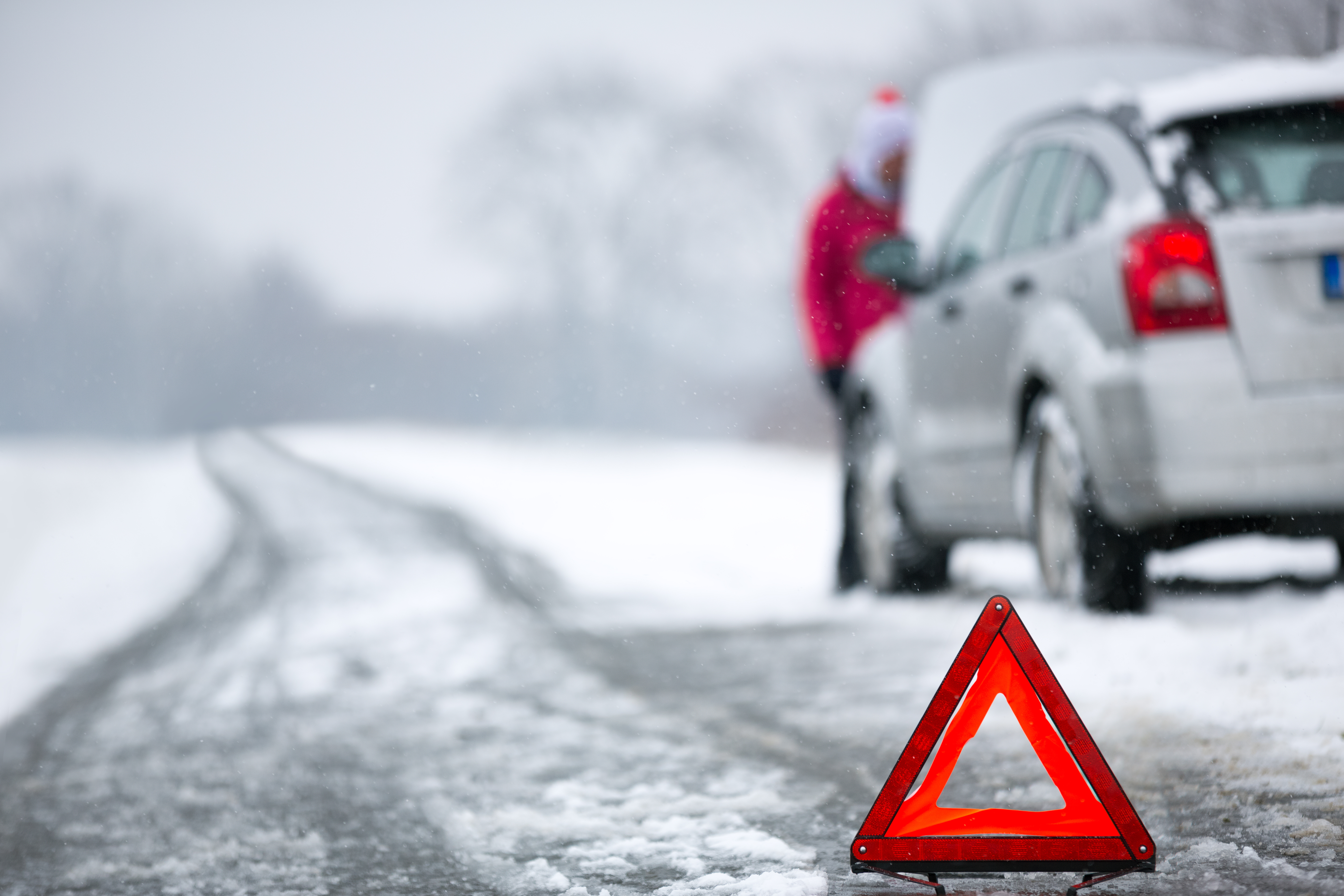
It may seem counterintuitive to say that your car is overheating in the winter or colder months, but is not. An overheating engine can happen any time of year, even when the temperature goes below freezing. If you don’t want to be the person stuck on the side of the road, it helps to know what problems can cause your vehicle to overheat this time of year. #1: Failing Thermostat One of the most common causes of an overheating engine in the winter is a faulty thermostat. If you notice that your temperature gauge doesn’t rise as you drive, it means the thermostat is not working. While you may think it is not a big deal, this part measures the temperature to determine whether it should allow more or less coolant to flow through the engine. #2: Bad Radiator Over time, debris and other particles can accumulate and clog the radiator. As a result, it can block airflow and cause your engine to overheat. #3: Leaking Coolant/Antifreeze Last but not least, you should ... read more
Posted on 10/31/2022
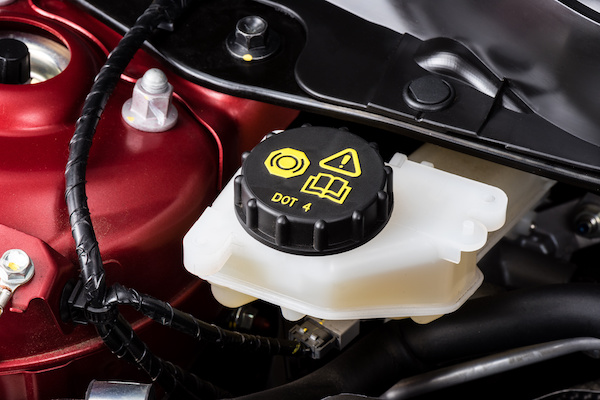
A car's brakes are the most important part of the car because they bring a fast-moving mass weighing upwards of 2,000 lbs to a safe stop. Brakes that stop cars must be strong enough to withstand the force of the moving car. The best force for stopping is hydraulics, the force you feel when you touch the brakes. The brakes use fluid kept under pressure. Once this brake fluid gets low, the brakes stop working as they should. This quick read highlight signs your vehicle's brake fluid might need topping off. Braking Problems? Today's vehicles have sensors that tell drivers something's wrong. Some cars have a sensor that triggers the brake light on the dash. While the most common reason is low brake fluid, the sensor doesn't say why the fluid is so low. Thus, the brake light tells you something's wrong that should be fixed. But what if your car doesn't have a brake light? No worries, pay attention to these 3 things. The dashboard brake fluid light: When brake ... read more
Posted on 9/28/2022
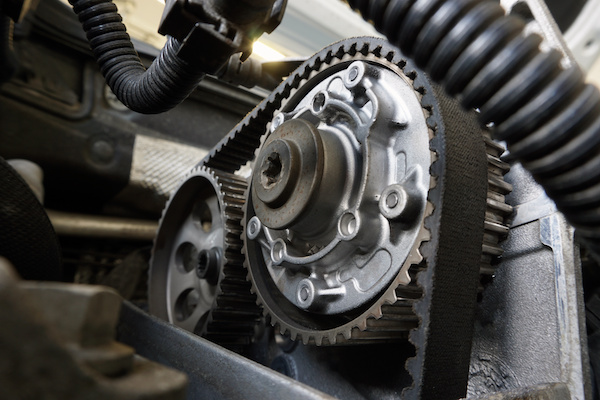
A small part of the vehicle that frequently goes ignored is the timing belt. It is however a very important part because without it, your car becomes an immobile locomotive. So how can you tell when your timing belt needs replacement? Signs that your timing belt needs a change Perhaps more significant than distance is time when it comes to the timing belt. The average manufacturer recommends a timing belt with a maximum life of seven years. For instance, even though the vehicle has 20,000 miles on it but is seven years old, the belt needs to be replaced. Misfiring engines Timing belts that are too worn-out may slide along on the engine's camshaft or throw the valves out of order. Engine misfiring and piston malfunction are the results of this. Additionally, you can observe subpar engine performance and fuel efficiency. Trouble starting the engine If the automobile doesn't ignite at all, the timing belt is likely broken. Whenever the timing belt snaps while the vehicle is ... read more
Posted on 8/30/2022
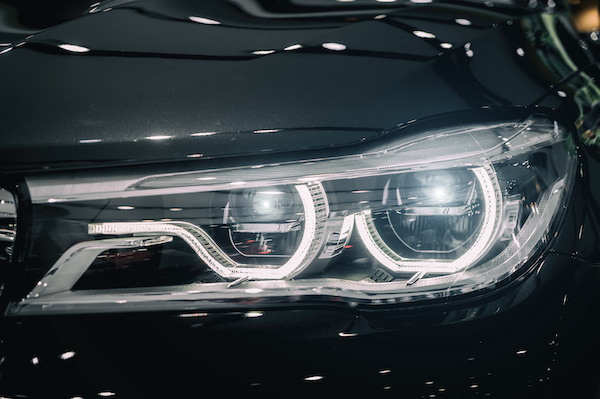
Similar to the lightbulbs inside your home, the lights on your vehicle will go out eventually. Sometimes, they fail from old age or from accidents. All in all, you’ll need to get the necessary repairs and replace the light to keep you and others safe on the road. If your headlamps are halogen bulbs, read on to learn how to safely swap out your headlights. Put on a pair of gloves. Refer to your owner’s manual and look for the model of the bulb. Turn off your car and make sure it is cooled down. Open the hood of your vehicle and locate the headlight holder. Disconnect the wires – there are usually several. Remove the old bulb using a turning motion to remove it from the socket. Replace with the new bulb. It is important that you handle the bulb with care. Wipe it down before installing. The bulb should go in with the base first. Replace the headlight holder and wires. Do a test run. While changing a headlight may seem easy, it can get pretty c ... read more